Host: Karim Prince
Text: Gemma(张敏)
Photo: Ahmed Mohamed Reda Mansour
Vedio: Uqba Ramzan
Editor: May(李茹), Stephen C. McClure
>>>About the Speaker:
Dr.German Olivares has worked on applied mathematics and physics for more than ten years. He has acquired this background through his experience in research fields such as astrophysics, signal processing and parameter estimation methods for time series. He has programming experience in algorithm development and test, and implementing numerical methods using physics principles in different programming languages such as C, Fortran, Matlab and Maple. From 2010 to 2013, he worked as assistant researcher in the Geophysics Group in Luxembourg, working on Bayesian techniques for stochastic time series analysis. In 2014, he worked as senior researcher atlon-SAT group, at Universitat Politecnica de Catalunya. In 2015, he worked as a senior researcher at the University of Warmia and Mazury in Poland. Since January 2016, he has beendevelopinga 3D ionospheric model to support PPP-RTK in the Australian Bureau of Meteorology.
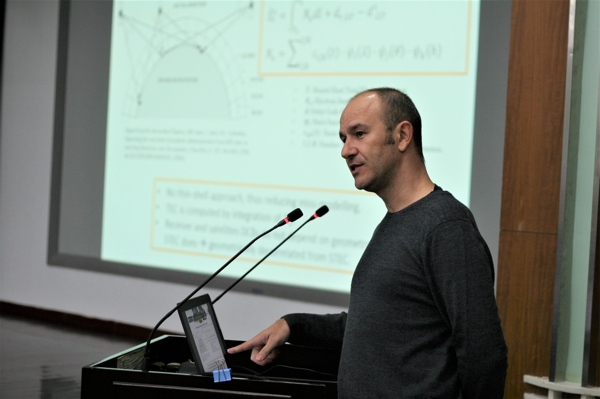
Fig.1Dr. German Olivaresis presenting at the EGSC Session 17
>>>About this English Geoscience Café session:
At 15:00, 15thJan, 2018, Dr. German Olivares attended English GeoScience Café No.17 and spoke about a 3D ionospheric model to support PPP-RTK.Kicking off his presentation, Dr. German explained how his work addressed the problem by exploring the development of a time-dependent 3D model of the ionosphere that has sufficient temporal and spatial resolution to support real-timeambiguity resolution. He outlined the six parts of the presentation: 1) introduction of project background and ionospheric scenario;2) STEC retrieval and modelling methods of the 3D tomographic ionospheric model; 3) Data set and experiment results of ionospheric sounding; 4)Data set and experiment results of ionospheric model for PPP-RTK; 5) Conclusion and further work.

Fig.2Audience Listening to the Talk Carefully
1) Introduction of project background and ionosphericscenario
This project includes three components with ionospheric modeling at the middle. In the first part, PPP-RTK network is used to fit 3D models and fix ambiguity for users as soon as possible. The second part is ionospheric modeling, which uses multiple approaches to build a model to support real time ambiguity resolution. The last part deals with performance metrics of the model, including the time to first fix ambiguity, time to fix position, position accuracy and LOM testing.

Fig.3 Project architecture
Several things must be considered when constructing 3D spatial ionospheric modeling. The data acquired by PPP-RTK receivers scattered throughout the nation has various features. A model able to properly handle data gaps resulting fromnon-homogeneous data distribution is necessary.

Fig.4 Non-homogeneous data distribution
2) STEC retrieval and detailed method of 3D Tomographic Ionospheric model
To fit the 3D Tomographic Ionospheric model, STEC is retrieved and computed as a PPP-RTK parameter.. PPP-RTK is integral ambiguity resolution enabled by PPP. PPP-RTK provides satellite orbit and clock models, information about satellite phase and code biases and the atmosphere. It can also achieve an un-combined and un-differenced method by deploying S-basis theory to overcome rank deficiency. Study results indicated that PPP-RTK is more accurate than the standard phase-to-code levelling method for ambiguity fixing and its output is more accurate and much less scattered than the STEC estimated by the standard phase-to-code levelling. Moreover,STEC as retrieved from PPP-RTK depends on geometry, distinguishing receiver and satellite DCBs.

Fig.5 Performance comparison for STEC retrieval between PPP-RTK and phase-to-code levelling method
After the introduction of the input data, Dr. German explained the detailed modelling techniques of the 3D tomographicionospheric model. The model uses B-splines as data compression algorithm. B-splines have local support, which means local data at 280°does not affect modelling at 320. Thus, the 3D ionospheric model can deal with data gaps due to the local support of B-splines.

Fig.6 3D tomographic ionospheric model
3) Data set and experiment results of ionospheric sounding
To verify the feasibility and effectiveness of the 3D ionospheric model, the first assessment was performed by comparing the computing result from post fit analysis, the Leave One Out Cross Validation (LOOCV), with the external data set. Post fit analysis assesses the consistency of ionospheric model with the receivers used in the model. Experimental results indicated that 2D residual RMS does not support positioning techniques to achieve RMS at cm level in real-time while 3D residual RMS does. Furthermore, high resolution model reveals some kinds of issues in five stations thatarenot evident in low-resolution model. However, choosing 2D or 3D residual RMS depends on the goals of modelling.

Fig.7 Post fit analysis comparison between 2D residual RMS (red) and 3D residual RMS (blue)
Secondly, LOOCV of dSTEC assesses the performance of the modeling for ionospheric interpolation. The dSTEC is defined as the difference along a continuous arc, with respect to the STEC at the highest elevation angle. Experiment results showed that RMS ranges from 0.05 to 0.3 TECu, and the RMS is high in the northernmost area because the BDST receiver is computed through extrapolation. At last, high Pearson value supports the validity of the ionospheric model by comparing with the external data set, e.g. IGS satellites DCBs.
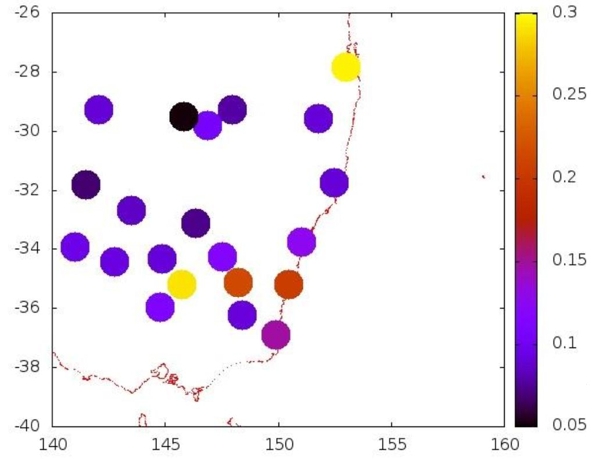
Fig.8 LOOCV validation of dSTEC
4) Data set and experiment results of ionospheric model for PPP-RTK
The second assessment is performed by computing the time to first fix (TTFF) ambiguity and time to achieve positioning accuracy for each rover. In terms of TTFF, any integer ambiguity estimate is considered fixed if it remains constant for at least five epochs. By comparing with the float solution, ionospheric hybrid model and closed loop, the advantages of the 3D ionospheric model are verified. For example, when the CDF is 90%, the epochs of closed loop is about 30, ionospheric hybrid model is 34, float solution is 100. Specifically, there is no ionospheric correction provided to users in float solution but observed STEC are provided as ionospheric corrections in close loop. For ionospheric hybrid model, STEC are provided from hybrid receiver network.
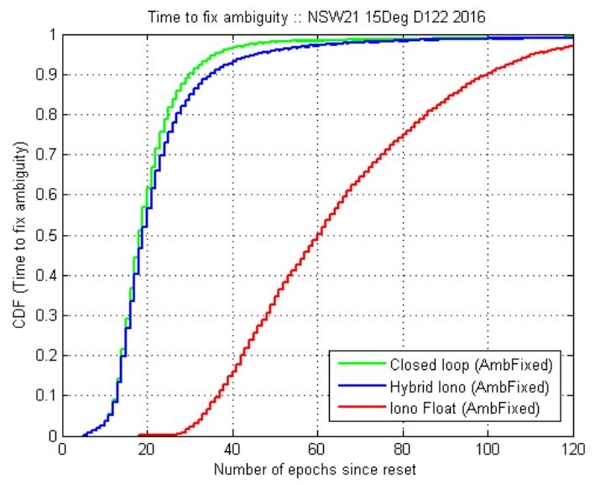
Fig.9 Results of TTFF
Computing time results when achieving positioning accuracy indicate that the model can achieve 90% availability (of positioning to <10cm within 10 epochs) across the network in the north component, 82% in the east and 40% up. results for up component suggest tropospheric delay mis-modeling and vertical low-resolution.
5) Conclusion and further work
Based on the local support feature of B-splines, the 3D ionospheric model can deal with data gaps and the ionospheric sounding at 10-2TECu post fit RMS.The feasibility and effectiveness of the 3D ionospheric model was verified by computing many indicators and comparing with others dataset and models. LOOCV reveals the ionospheric model can compute and interpolate the STEC variation at 10-1TECu RMS. In addition, high correlation between inter-satellites DCBs and IGS inter-satellites DCBs supports the validity of the ionospheric model. Moreover, multi-scale analysis of several spatial and time correlations is equivalent to wavelet spectral analysis that monitors the ionospheric input data quality and network performance. They used 21 NSW (baseline [50-230] km) @ doys 211 & 212 (2016) as representative of quiet ionospheric conditions. Results show that, there are respectively:90% , 82% and 40% availability (of positioning to <10cm within 10 epochs) across the network in the north east and up. results for up component suggest tropospheric delay mismodeling as well as vertical low-resolution(ground-based receivers).
Finally, Dr. German pointed out several directions worth noting in his future research:
? Designing multi-GNSS ionospheric sounding and model, enlarging the sample, directing computation of STEC instead of hybrid model to increase STEC accuracy for the end-user.
? Exploring the impact of the space weather on the GNSS-based technology.
? Embedding the ionospheric model on the jacobian matrix of the PPP-RTK Kalman filter to increase redundancy of current approach.
? Multi-scaling analysis of network performance monitoring, STEC offsets, and other detection systems in real time.
? Achieving a 3D ionospheric sounding including RO data set for vertical electron density profiles and B-splines for data compression of ionospheric corrections, compliant with RTCM SSR standard.
Towards the end of session, Dr. Germanand the audience exchanged more ideas on the basic functions in 3D ionospheric model, experiment details in computing TTFF,et. al. In the end, the Session ended with a smiling group photo.
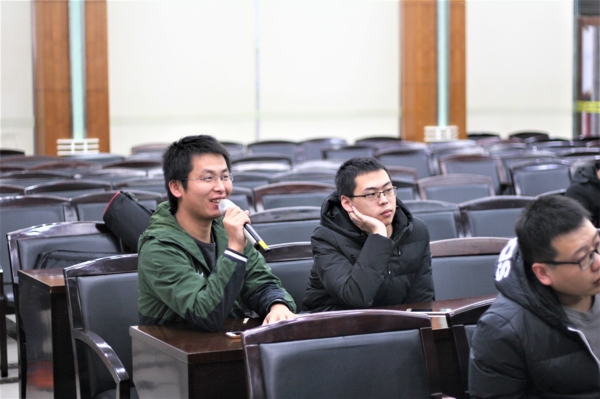
Fig.10 The Q&A Session
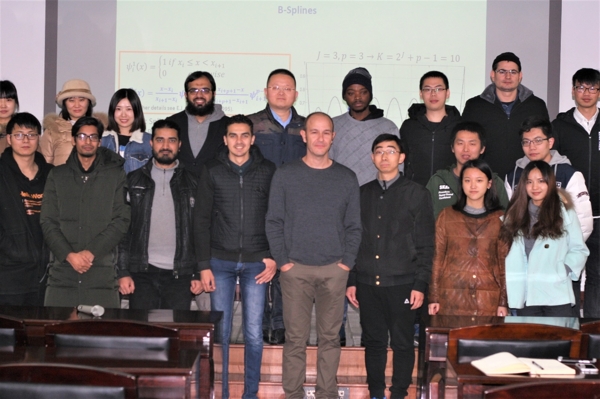
Fig.11 Group Photo of Speaker,EGSC Members and Audience
Scan the QR code below and join us!
